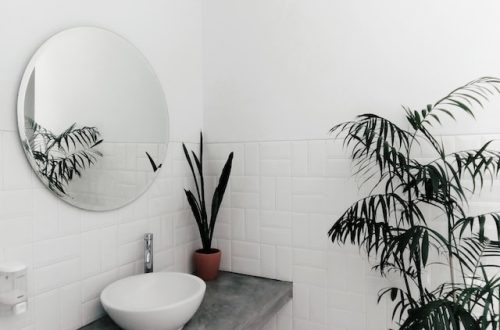
Choosing Insect-Resistant Paint: Protecting Your Walls from Creepy Crawlers
Your walls not only define the aesthetics of your home but also serve as a barrier against unwanted guests, including insects. Insects can find their way into your living spaces through cracks, gaps, and untreated surfaces. Choosing insect-resistant paint can be an effective way to fortify your walls against these creepy crawlers. In this article, we’ll explore the benefits of insect-resistant paint and guide you in selecting the right product to protect your home.
1. Understanding Insect-Resistant Paint
Insect-resistant paint is formulated to deter insects from crawling or nesting on your walls. It typically contains additives or chemicals that insects find unappealing or repellent. These paints are designed to create a protective barrier on your walls, making it challenging for insects to gain access.
2. Advantages of Insect-Resistant Paint
- Insect Deterrence: The primary benefit is deterring insects from your walls. This can help prevent infestations and reduce the need for pest control measures.
- Long-Term Protection: Insect-resistant paint can provide lasting protection, as it remains effective for an extended period, reducing the need for frequent repainting.
- Health and Safety: By keeping insects at bay, this paint can contribute to a healthier living environment by reducing the risk of insect-borne diseases and allergens.
3. Selecting Insect-Resistant Paint
When choosing insect-resistant paint for your walls, consider the following factors:
Active Ingredients
Look for paints that contain insect-repellent additives. Common active ingredients in insect-resistant paints include pyrethroids, permethrin, or other insecticides. Ensure that your chosen product is safe for indoor use and complies with safety regulations.
Paint Type
Insect-resistant additives can be incorporated into various types of paint, including latex-based, oil-based, or water-based paints. Select a paint type that suits your application and preferences.
Coverage and Durability
Evaluate the paint’s coverage and durability. A high-quality insect-resistant paint should provide good coverage with minimal coats and long-lasting protection.
Color and Finish
Choose a paint color and finish that match your decor and design preferences. Insect-resistant paints come in various colors and finishes to suit various aesthetics.
Environmental Impact
Consider the environmental impact of the paint you choose. Look for low-VOC (volatile organic compounds) or eco-friendly options less harmful to the environment and indoor air quality.
4. Application and Maintenance
Proper application is crucial for the effectiveness of insect-resistant paint. Follow the manufacturer’s instructions regarding surface preparation, application techniques, and drying times. Regular maintenance and touch-ups may be required over time to ensure continued protection.
5. Combine with Pest Control Measures
While insect-resistant paint is a valuable preventive measure, it’s not a complete solution for pest control. Combine its use with other pest prevention methods, such as sealing cracks, maintaining a clean home, and addressing any existing pest issues promptly.
Choosing insect-resistant paint for your walls is a proactive step in protecting your home from creepy crawlers. By selecting the right product, following proper application techniques, and combining it with other pest prevention measures, you can enjoy peace of mind knowing that your walls are fortified against unwanted insect guests.




